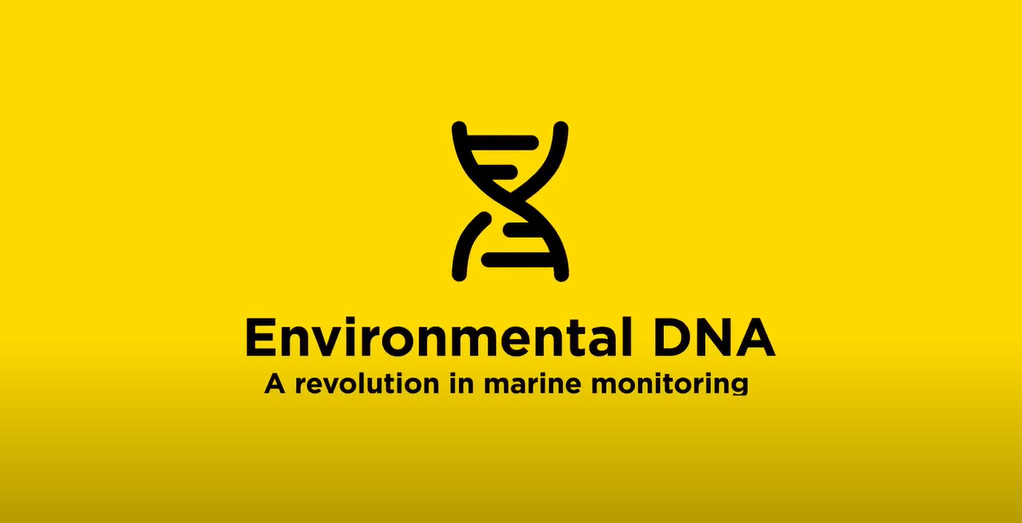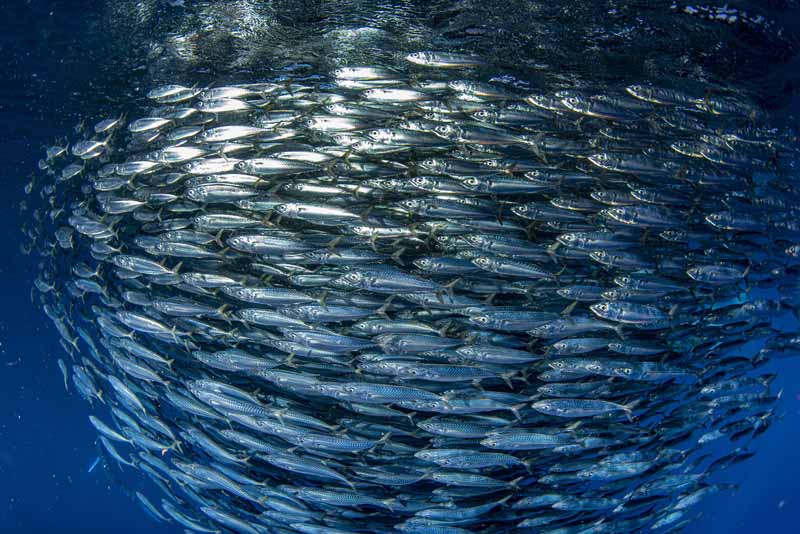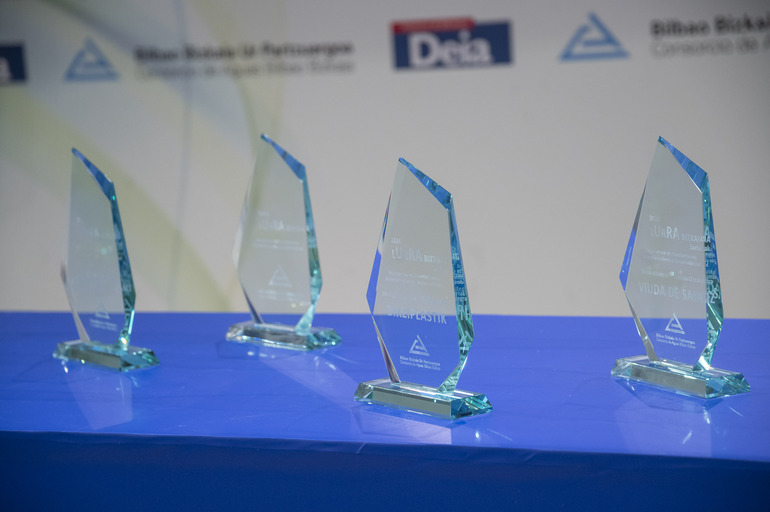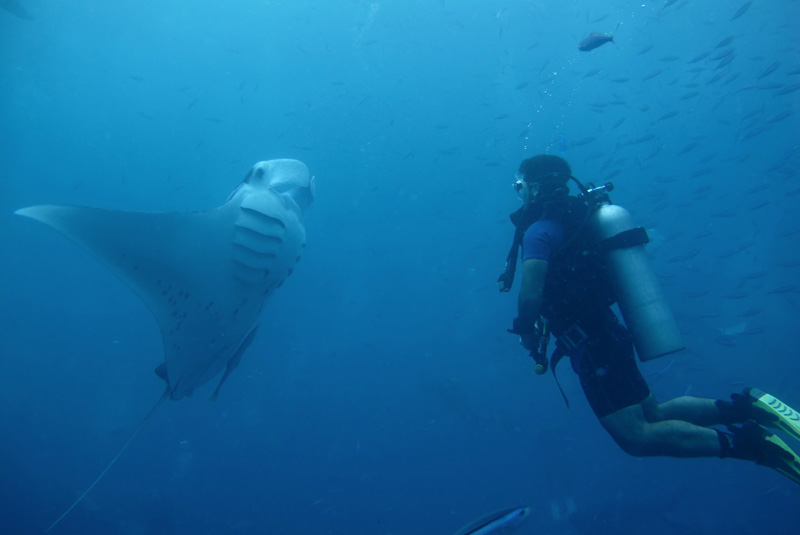Video. Environmental DNA: The revolution in marine monitoring
Últimas noticias
The Uhinak Congress is set to be held for the 6th time, addressing the rapid unprecedented oceanic change and its impact on the coast
BRTA Alliance discusses the role of technology and innovation in healthy eating
Omics research for sustainable fisheries: AZTI hosts the prestigious FSBI International Symposium
Environmental DNA is the DNA collected from the environment, that is, from environmental samples, such as for example seawater.
Seawater samples contain small organisms such as bacteria and phytoplankton, but also traces of larger organisms, in form of cells, tissues, or scales released by fish.
By filtering several litres of seawater, these traces can be collected to analyse their DNA and examine which species inhabit a specific area.
This method has many advantages:
1. it is non-invasive, i.e. it does not damage the environment and does not require organismal sampling
2. It is objective because it does not rely on taxonomic expertise for species identification;
3. It is accurate because it can detect species that are not caught in nets, are not very abundant, are elusive, etc…
4. It also allows to explore inaccessible environments in a simple way.
All these advantages make environmental DNA analyses very promising for cost-effective monitoring the marine environment.
In this video Naiara Rodríguez Ezpeleta explains everything we need to know about environmental DNA analysis (eDNA). How is it done, what are its uses and what are its implications for deep ocean studies?

But every innovative method comes with its challenges and opportunities for improvement.
For example, it must be taken into account that finding DNA from one species does not always mean that this species has been there (there are possible contamination sources , currents, that it may be in the stomach of another…). Therefore, it is necessary to interpret these results within their context.
Something very important for environmental DNA analysis are the reference databases, because if the sequence of a species is not documented in the reference database, we will not detect it in our sample, even if it is there.
Therefore, many developments are currently underway to improve and standardise the monitoring of the marine environment using environmental DNA.
It is anticipated that in the coming years this method will be routinely applied to replace some and complement other monitoring campaigns.







